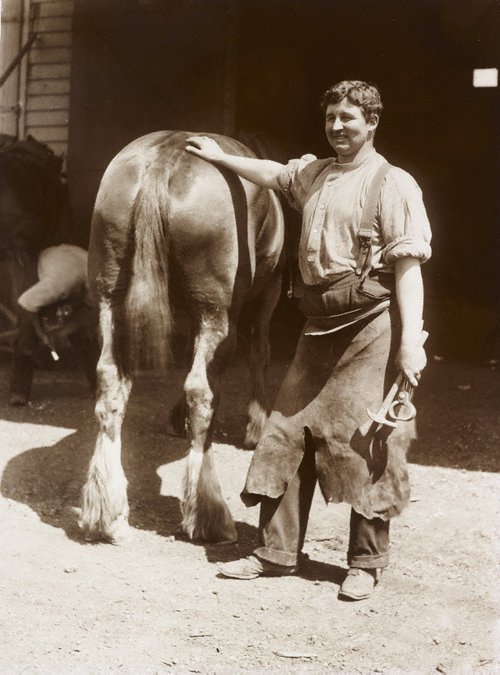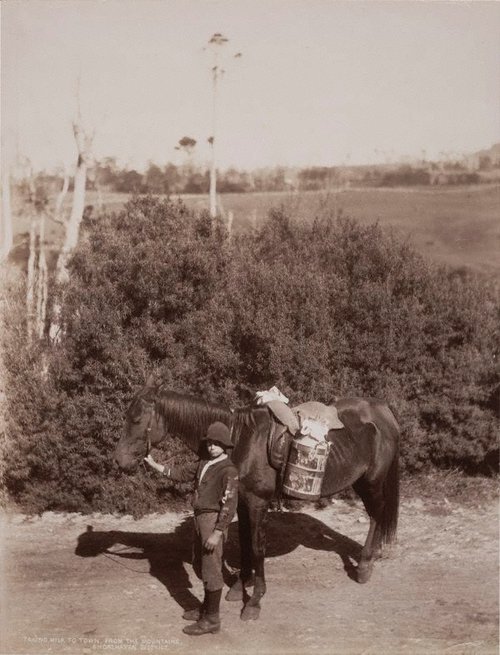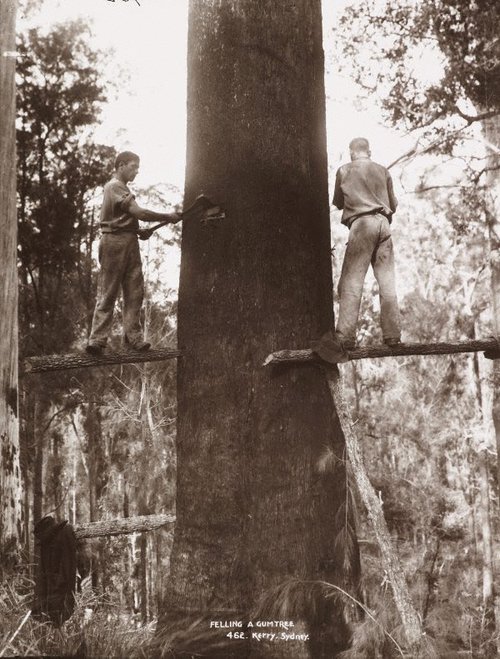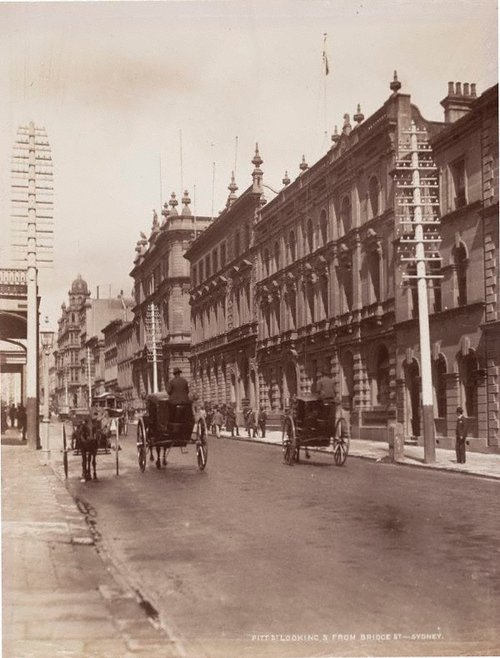-
Details
- Place where the work was made
-
Gunbalanya (Oenpelli)
→
Western Arnhem Land
→
Northern Territory
→
Australia
- Date
- (1948)
- Media category
- Painting
- Materials used
- natural pigments on paper
- Dimensions
- 45.0 x 58.5 cm image/sheet; 63.1 x 76.0 x 3.6 cm frame
- Signature & date
Not signed. Not dated.
- Credit
- Gift of the Commonwealth Government 1956
- Location
- Not on display
- Accession number
- 9281
- Artist information
-
Unknown
Works in the collection
- Share
-
-
About
One of the creators, a man called Nimbawah, accompanied by his two dogs, gungarik, travelled to a large swamp and waterhole, Gudjamandi, near which they camped for the night. Next morning they set out again, going northward until early evening, when they reached a place in the hilly country called Maduluk.
Leaving his two dogs at Maduluk, Nimbawah continued his journey but became so confused among the many hills and trees that he lost himself. After much thought he cut a path through the undergrowth until he came to another lagoon, Gunjudruk, on whose shore, unknown to Nimbawah, lived a mythical man, Diundu, his wife, Glara-manduik, and their many children.
Seeing a pigeon-hawk sitting on a tree, Nimbawah started to talk to him. In the course of the conversation Nimbawah told the hawk that he was tired of being a man and, as the ater looked cool and pleasant, he had decided to change himself into a barramundi and, when necessary, into a rainbow man.
Just as Nimbawah had transformed himself into a barramundi, Glara-munduik came along, and seeing a large fish lying on the top of the water, threw hew digging stick at it but missed. The barramundi, Nimbawah, swam away for a short distance and, while still resting on the surface, caused the water in the lagoon to increase greatly.
The woman, not suspecting that anything was wrong made a second unsuccessful attempt to kill the fish. By that time, unbeknown to her, the water was overflowing the banks of the Gunjudruk lagoon. But Glara-manduik, still intent on the capture of so large a fish, made the third attempt to kill it.
Nimbawah created so much water that the woman was forced to swim. Turning himself into a rainbow man, he pulled her under the water, then, coming to the bank, put her on his shoulder and ran away with her.Later Nimbawah transformed himself into a large pillar of rock, now called Nimbawah, and the woman, Glara-munduik, into a boulder which just out from the side.The children of the woman, seeing the flood coming toward the, tried to keep it back with stones. But the water overwhelmed them just as their father, Diundu, returned from the hunt, carrying many goannas.
Diundu, who was a noted magician, took his stone axe and set out to kill the man Nimbawah. But he was too late, for Nimbawah had already transformed himself and Glara-munduik into the pillars of rock at the hill Nimbawah of the present day.
In desperation Diundu endeavoured to decapitate Nimbawah with his stone axe, but the rock was too hard. He then tried to cut Nimbawah's throat, but again was unsuccessful because his stone axe broke into many pieces. Disgusted at his failure, Diundu changed himself into another pillar of rock, east of Nimbawah, but the children, who drowned in the flood are nowhere to be seen.
[The man Nimbawah] deals with the legend of Nimbawah. On the left is the tall rock of Nimbawah, with a constriction near the top where Diundu tried to cut off the head of the ancestral man. On the top upper left is the woman, Glara-munduik, a large boulder projecting from the main mass. The human figure is Diundu who, with his stone axe (shown on left) tried to decapitate Nimbawah. To the right is a spear thrower and six spears; the central multi-pronged one is used for spearing fish.
[Charles P. Mountford, 'Records of the American-Australian scientific expedition to Arnhem Land vol. 1: Art, myth and symbolism']
-
Places
Where the work was made
Gunbalanya (Oenpelli)
-
Exhibition history
Shown in 1 exhibition
Mountford Gifts: Works from the American Australian scientific expedition to Arnhem Land 1948, Art Gallery of New South Wales, Sydney, 21 Mar 2009–03 Jun 2009
-
Bibliography
Referenced in 3 publications
-
Jonathan Jones, Mountford Gifts: Works from the American-Australian scientific expedition to Arnhem Land 1948, 'Mountford Gifts: Works from the American-Australian scientific expedition to Arnhem Land 1948', pg. 1-5, Sydney, 2009, 3, 4.
-
Charles P Mountford (Editor), Records of the American-Australian scientific expedition to Arnhem Land 1: Art, myth and symbolism, Melbourne, 1956, 220, 221 (illus.). plate no. 65B
-
National Art Gallery of New South Wales, Purchases and Acquisitions for 1956 National Art Gallery of N.S.W., Sydney, 1956, 23. cat.no. 62; titled 'The man Nimbawah'
-



